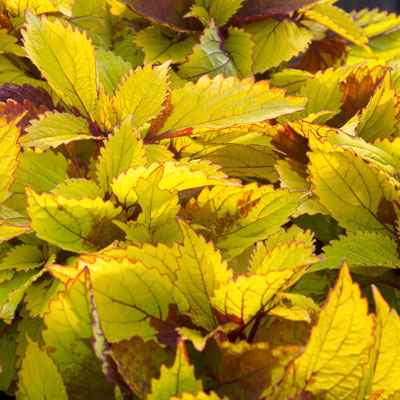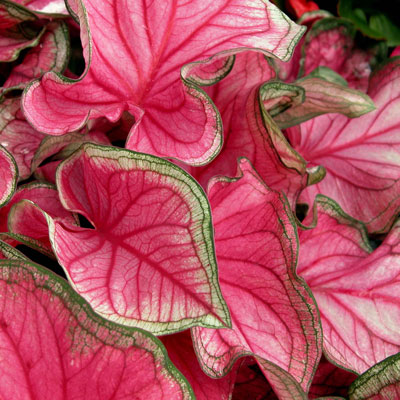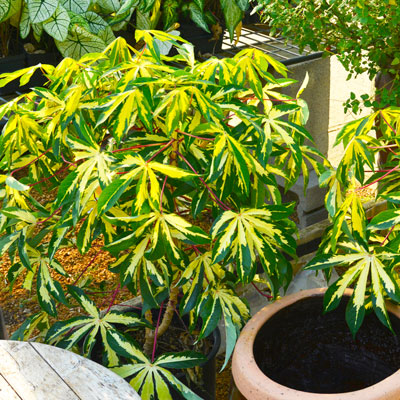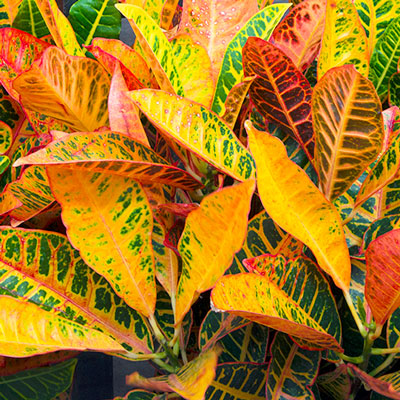Colorful Foliage
You don’t have to plant flowers to have landscaping color. Sometimes foliage is fabulous.

Cutting-grown coleus…
There were decades when it was hard to find coleus plants that wouldn’t immediately start blooming, thereby shutting down all further production of their colorful leaves. Texas A&M had a series back in the 60s, and Pineapple (photo) was one of those. I’ve grown it every year since. I used it and several of the other A&M selections to decorate for our wedding reception 51 years ago this August. Coleus and Neil go back a long ways.
Recent plant breeding research, however, has brought us many new types that have large showy leaves in reds, pink, burgundy, green and yellow. And the best news of all is that these new hybrids handle morning sun very well. Some can even take full sun and still keep on thriving.

Caladiums…
Long the darlings of shaded southern gardens, these are finding new interest thanks to new types in the market. They love the hot weather. Plant them in large patio pots, or grow them massed in beds beneath shade trees. Give them highly organic, consistently moist soils, and avoid too much nitrogen that might make their leaves turn more green than you’d like.

Variegated tapioca…
You’d be hard pressed to find a plant with more flamboyant colors. It’s tall, so use it in the back of your floral gardens or feature it in tall decorative pots. It handles the sun, and it just keeps getting more stunning as the season progresses. It freezes in the winter, so you’ll need to start anew every spring.

Crotons…
These are among my all-time favorites for foliage. It just boggles my mind to think of places in the world where these are used as shrubs in home landscapes. I have 20 or 30 that spend the winters in my greenhouse and then come back out for the summers. A couple of them are very large by now, but they’re like children to me.
I give my crotons full sun until late morning, then shade from the hottest afternoon sun. That seems to produce the most vivid colors. I have to put them in the brightest spots in my greenhouse in winter, because sudden changes to darker conditions will cause massive leaf drop. That’s what often happens when they’re brought inside our homes.

